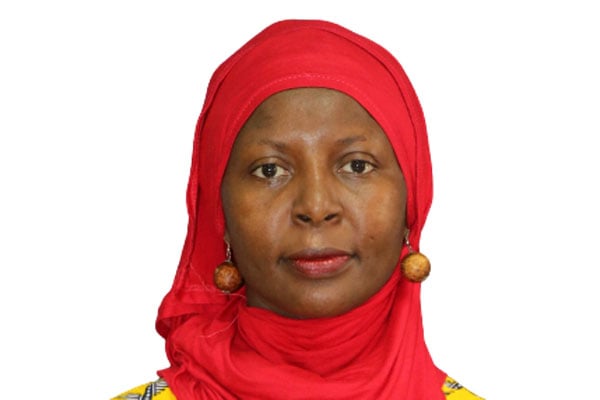Women suffer wrath of climate change

Ms Madina M. Guloba
What you need to know:
- Climate change awareness campaigns should be heightened.
That extreme weather patterns have become a common occurrence around the globe is no longer a surprise. A recent Intergovernmental Panel on Climate Change IPCC special report notes that the current global warming levels of 1.5°C are more likely to reach 20C by 2100 posing severe threats to climate change. This implies that the world will experience extreme temperatures and rainfall averages, leading to prolonged and frequent periods of droughts and floods.
While these have adverse effects on individuals, households and entire communities, specific segments of the population in sub-Saharan Africa such as in Uganda, will be affected unevenly.
For Uganda, households in sectors such as subsistence farmers in rural dwellings, who entirely depend on subsistence agriculture as the only source of livelihood, will be left even worse off.
Ugandan households cite natural calamities as the most common shocks they face. In 2019/20, UBOS estimated that about 46.8 percent of Uganda’s working-age population (14-64 years) was in subsistence agriculture (representing 7.4million people). Of these, more than half (55 percent) were females and residents in rural areas.
Consequently, women smallholder subsistence farmers in Uganda are likely to face the brunt of climate variability and any adverse impacts that arise given their massive occupancy of this space.
The triple roles women play – as breadwinners, mothers, and wives – in homes with the added disadvantage of heavily relying on subsistence farming has thrown most in a tailspin of desperation when crops fail due to severe drought or gardens destroyed when submerged or washed away by floods/mudslides or hailstorms.
For example, Kasese district is not new to flood-related experiences, having been affected by frequent floods in May 2013, May 2014, July 2015, May 2020, May to September 2021 and now March 2023. The heavy rains led to riverbanks bursting, destroying crop fields, with far more cries of women seen across digital spaces when this occurred.
The prolonged droughts from June to August 2021 hit the Teso sub-region very hard. Rural households, especially women and the elderly without alternative sources of income, lost everything when their millet, cassava, and sorghum crops dried before maturity.
Majority have resorted to seeking subsidies from the government to avail more seeds to replant when the rains return, while others, given their food security keepers role in a household, need cash transfers to purchase basic needs as food prices are equally sore due to market scarcity. Besides, the consequences of climate change extremes have also seen women in rural areas taking on adverse alternatives to meet household needs, such as prostitution, with increasing cases of domestic violence and, in some instances, death being reported. Simply put, spillovers of climate change effects on rural subsistence farming households are immense.
The National Development Plan (NDP) III says Uganda must grow at an annual rate of 7 percent to realise faster and more sustainable poverty reduction. Achieving this target has not been forthcoming due to several challenges – climate change, Covid-19 pandemic, and changes in the external environment. There is a need to rethink strategies that could accelerate and sustain growth, especially in the poorest sectors—subsistence agriculture being the key driver here.
Interventions that foster the adaptive capacity of these subsistence farming households should continue being the primary ingredient to limit climate change-related destitution impacts. Avenues such as shifting to irrigation, as demonstrated by the President through drip irrigation, fertilizer use, and distribution of drought, pest, and disease-resistant seeds, should continue and be diversified.
Timeliness in seed subsidy delivery and investment in such innovations should be increased. Climate change awareness campaigns should be heightened.
The author, Ms Madina M. Guloba is a senior research fellow at Economic Policy Research Centre.




